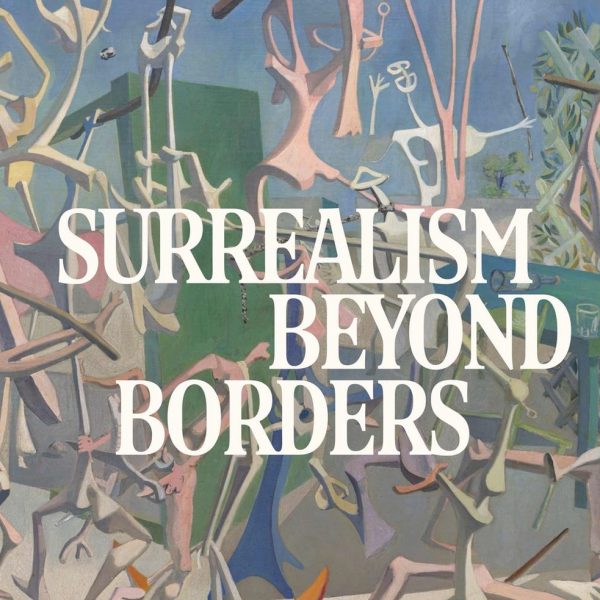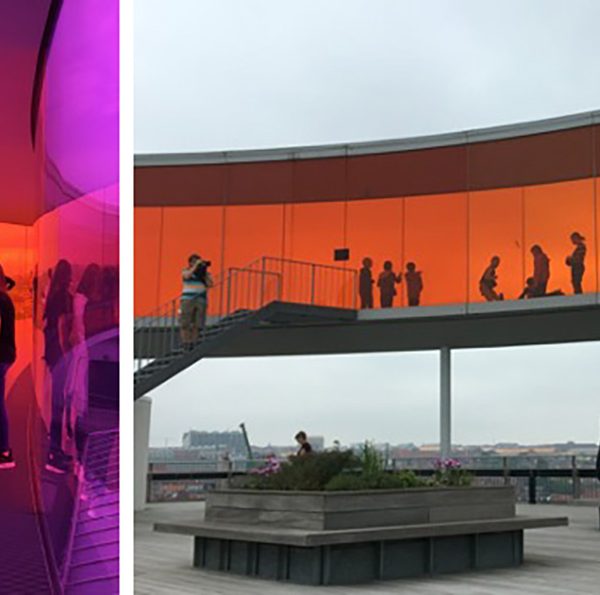Roots of the Japanese Visual Narrative
Appreciation for graphic art and visual narrative is prevalent in Japanese pop culture from the fantastical animations of Hayao Miyazaki to page-turning manga comic books and cartoon anime characters appearing on everything from book bags to pencil cases. This love for the illustrated arts is the product of Japan’s rich storytelling history, which goes back as far as the twelfth century.
 “Storytelling in Japanese Art,” an exhibition currently on view at The Metropolitan Museum of Art, is a visual feast of fourteen vibrantly illustrated Japanese narratives from the twelfth to nineteenth century. This collection includes Buddhist and Shinto miracle tales, prized paintings based on the Japanese classic, The Tale of Genji by Lady Murasaki, and heroic legends such as The Drunken Demon, a tale about the brave Raiko who saves an aristocrat’s abducted daughter from a blood-thirsty demon that eats sashimi made out of human flesh. These beloved stories are depicted through a variety of forms from illustrated books and hanging scrolls to folding screens and playing cards, not unlike the decorations of contemporary cartoon characters found on everyday items. Through these illustrations, the textual and visual narrative becomes one, with calligraphy harmoniously flowing through the art. The challenge of doing justice to the sweeping images in the accompanying catalogue was met through the use of numerous double gatefolds, which preserve the integrity of the images and offer a detailed look at the complex and colorful paintings.
“Storytelling in Japanese Art,” an exhibition currently on view at The Metropolitan Museum of Art, is a visual feast of fourteen vibrantly illustrated Japanese narratives from the twelfth to nineteenth century. This collection includes Buddhist and Shinto miracle tales, prized paintings based on the Japanese classic, The Tale of Genji by Lady Murasaki, and heroic legends such as The Drunken Demon, a tale about the brave Raiko who saves an aristocrat’s abducted daughter from a blood-thirsty demon that eats sashimi made out of human flesh. These beloved stories are depicted through a variety of forms from illustrated books and hanging scrolls to folding screens and playing cards, not unlike the decorations of contemporary cartoon characters found on everyday items. Through these illustrations, the textual and visual narrative becomes one, with calligraphy harmoniously flowing through the art. The challenge of doing justice to the sweeping images in the accompanying catalogue was met through the use of numerous double gatefolds, which preserve the integrity of the images and offer a detailed look at the complex and colorful paintings.
The New York Times called the exhibition at The Metropolitan Museum of Art a “must-see,” and included a marvelous slideshow in their December coverage. The show opened on November 19th, and on February 8th it will take on a new look: because they’re extremely fragile, a number of the scrolls will be wound to different scenes and new screens will be on display. This second rotation of images will stay up until May 6th.
Both its contemporary and traditional art reflects the value of storytelling in Japanese culture. Whether it’s the monsters from Spirited Away or the heroes of Dragon Ball Z, it is clear that the legacy of the ghouls and warriors painted on Japanese hand scrolls remains.

























